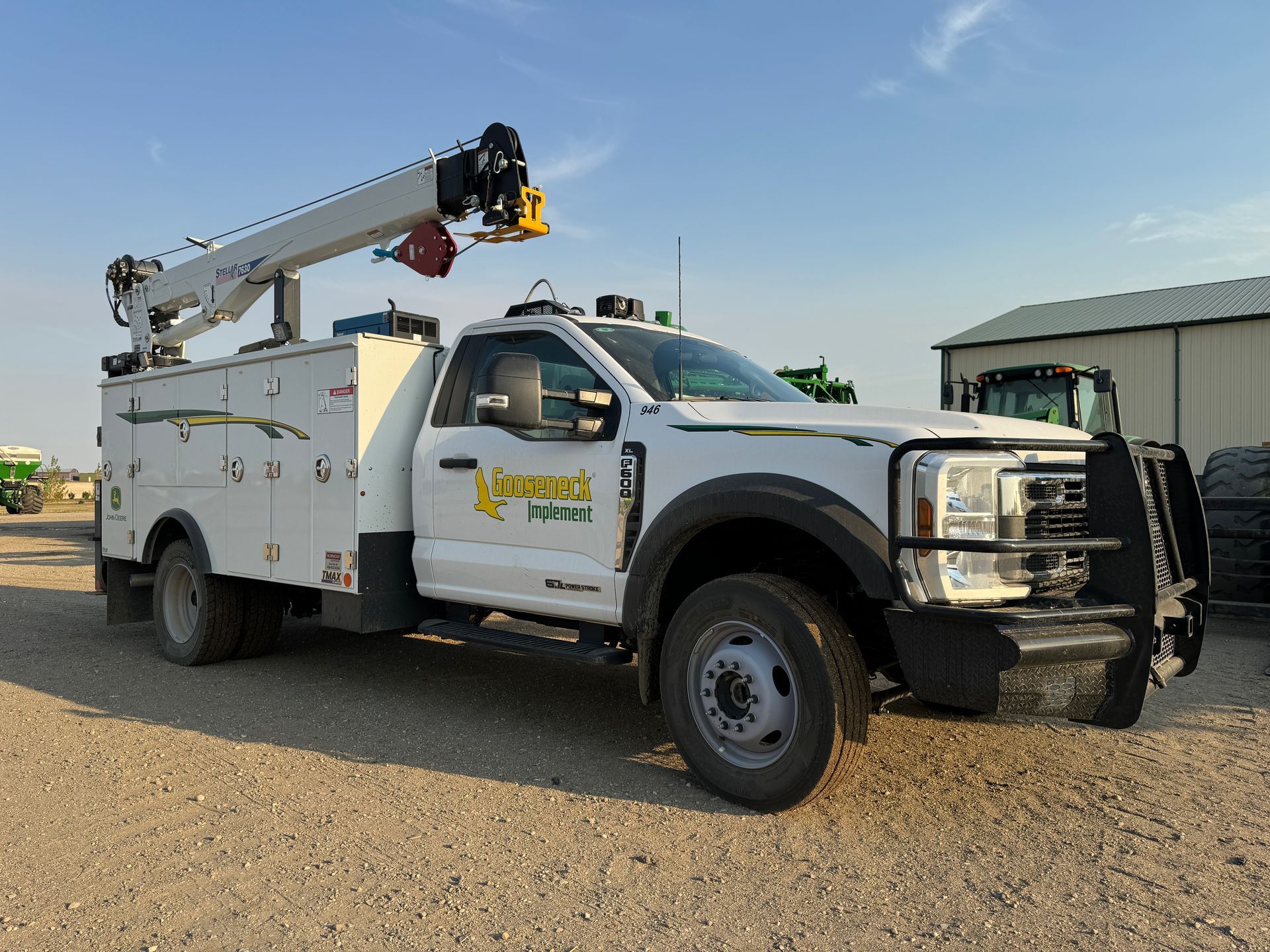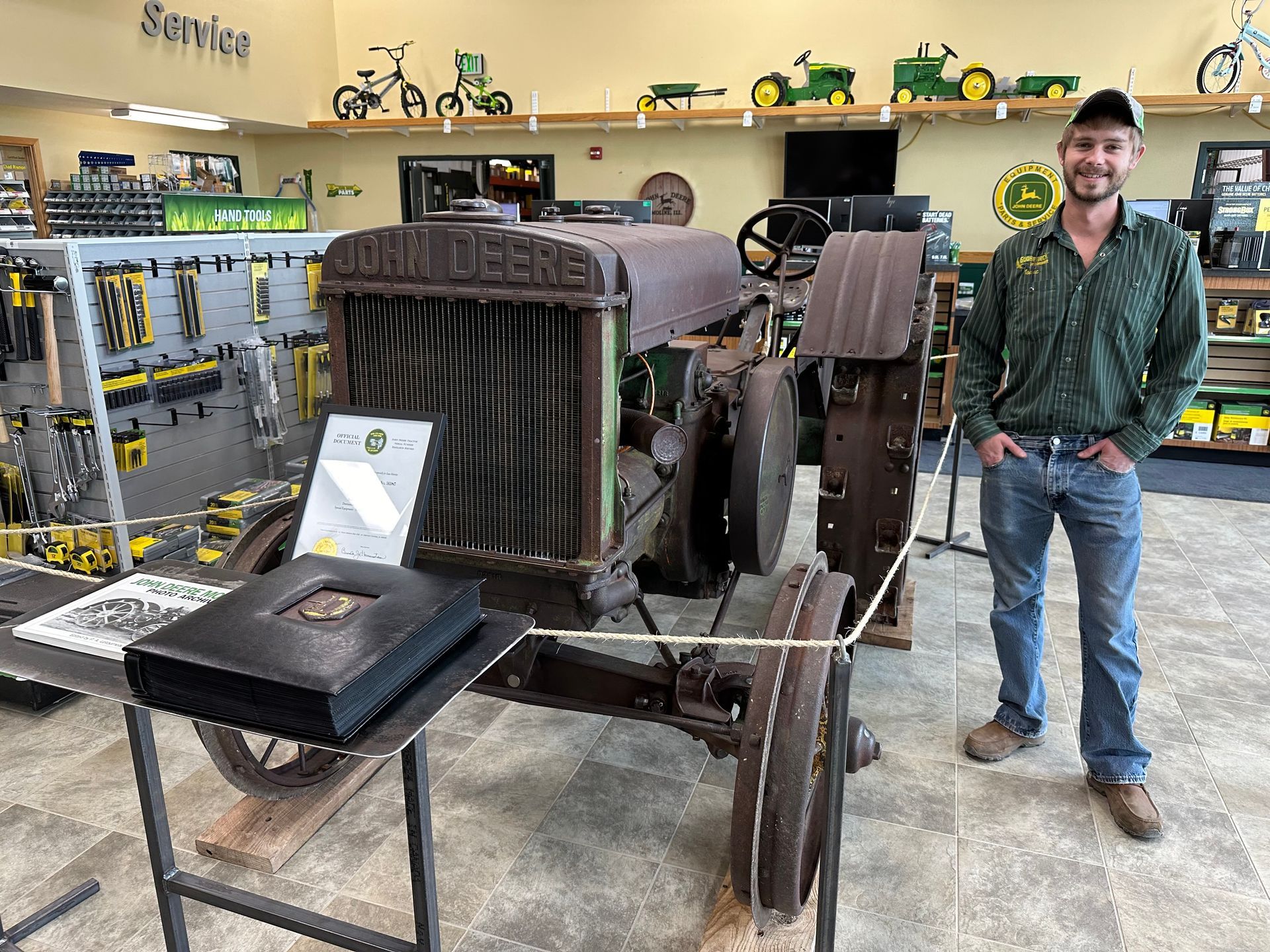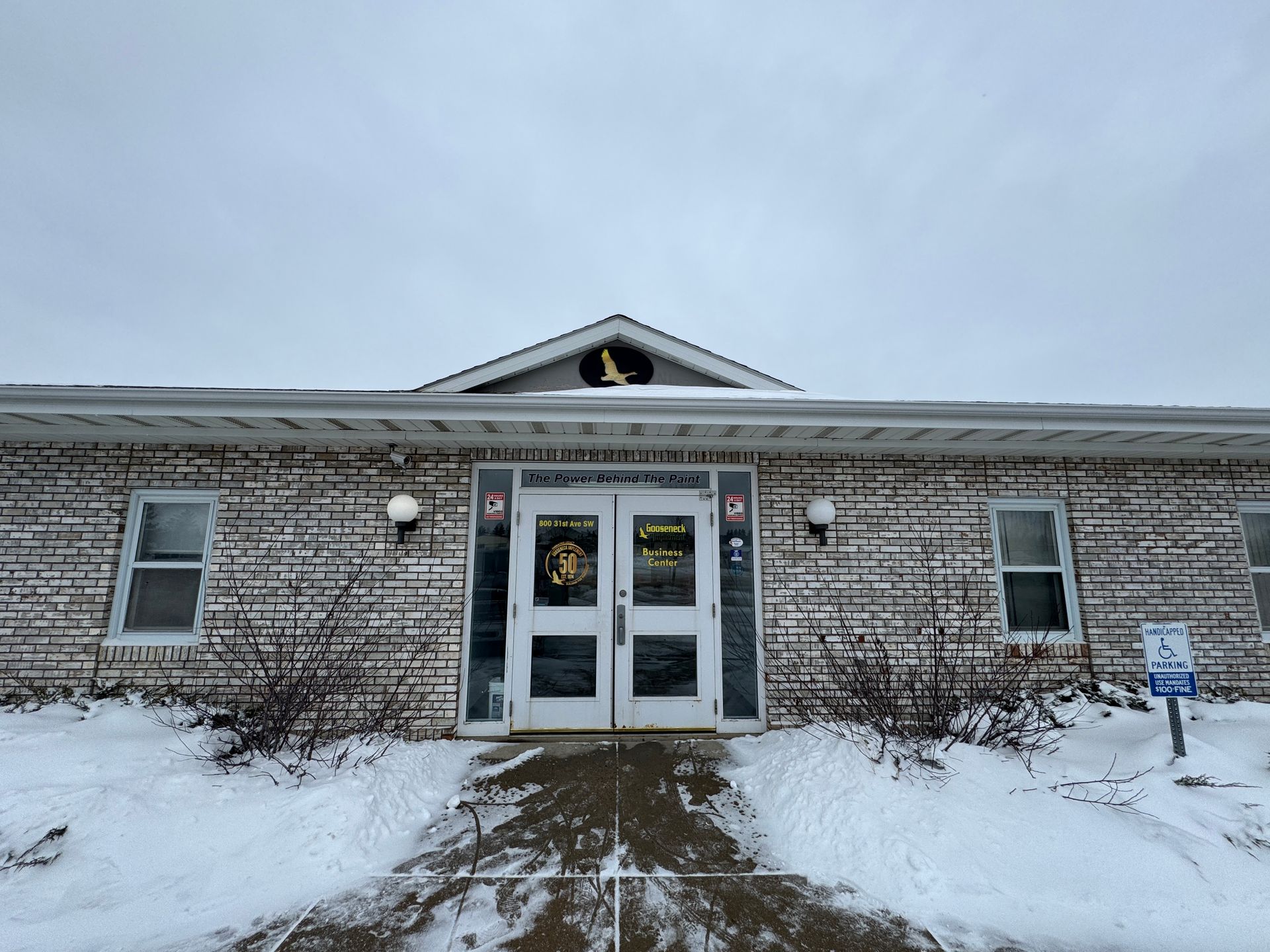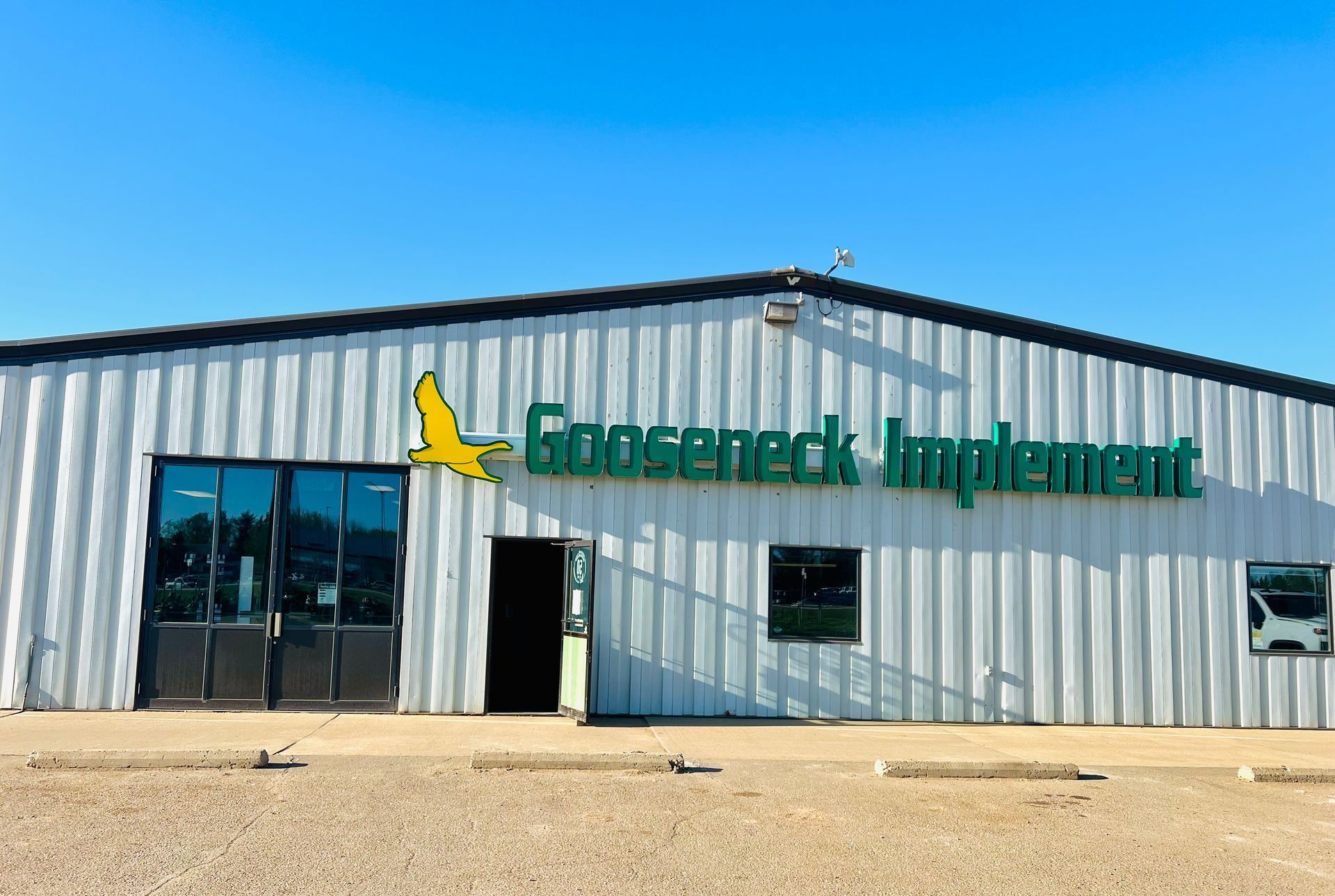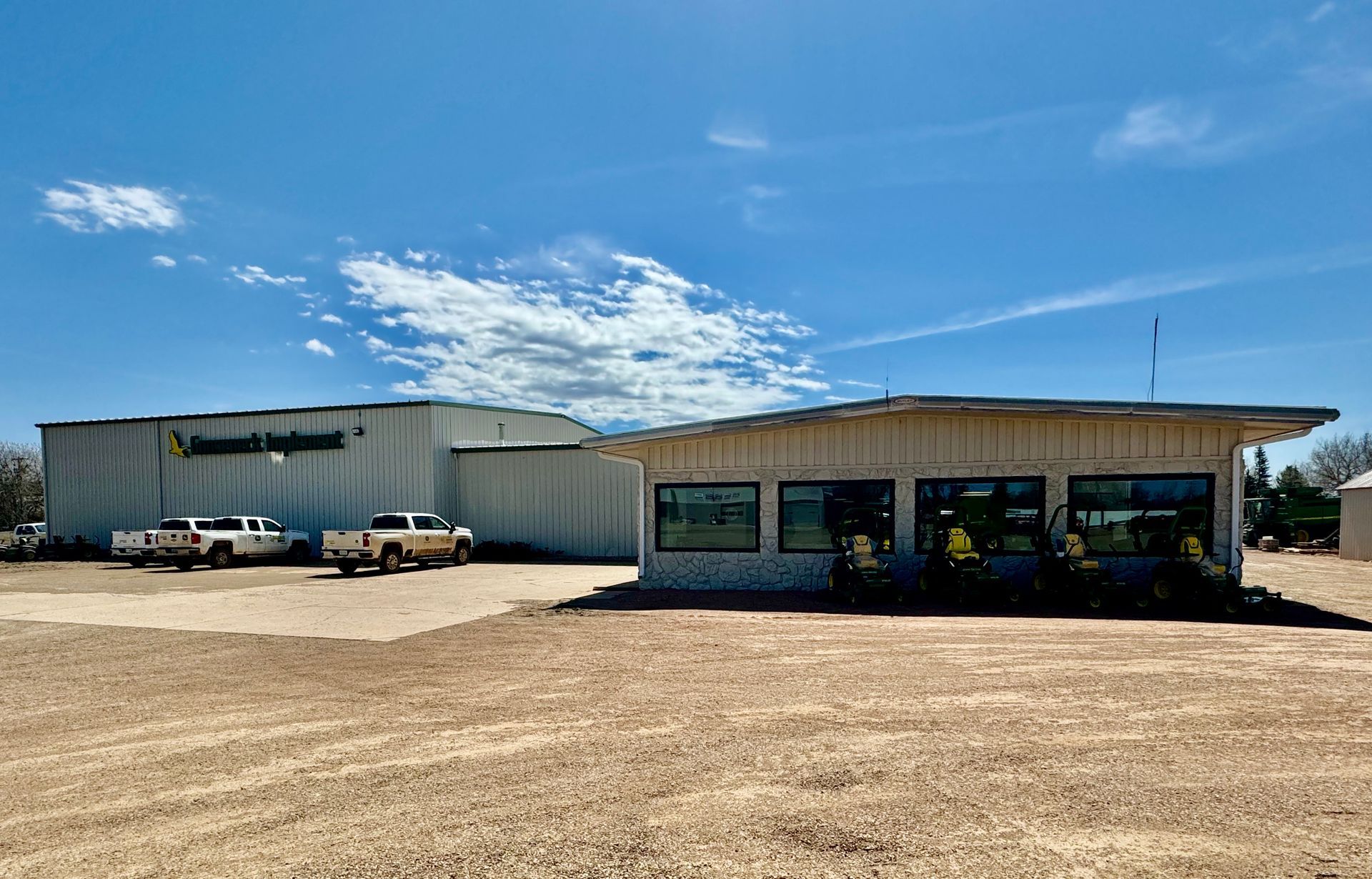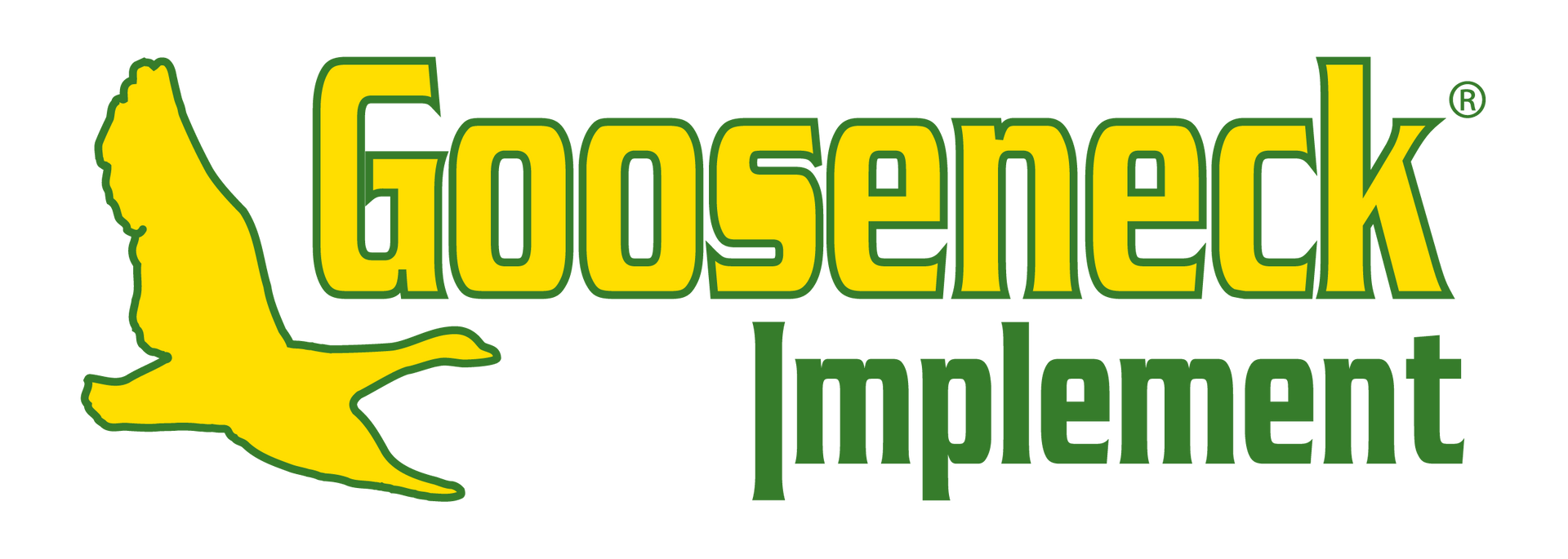- CALL US
- Kenmare, ND (701) 385-4227
- Minot, ND (701) 852-0767
- Mohall, ND (701) 756-6825
- Stanley, ND (701) 628-2120
- Velva, ND (701) 338-2828
- Rugby, ND (701) 776-5727
- Harvey, ND (701) 324-4631
- Williston, ND (701) 572-6724
- Beach, ND (701) 872-3737
- Bowman, ND (701) 523-3252
- Elgin, ND (701) 584-2681
- Lemmon, SD (605) 374-3373
- Dickinson, ND (701) 225-8123
- Minot, ND (701) 852-4667
- CALL US
- Kenmare, ND (701) 385-4227
- Minot, ND (701) 852-0767
- Mohall, ND (701) 756-6825
- Stanley, ND (701) 628-2120
- Velva, ND (701) 338-2828
- Rugby, ND (701) 776-5727
- Harvey, ND (701) 324-4631
- Williston, ND (701) 572-6724
- Beach, ND (701) 872-3737
- Bowman, ND (701) 523-3252
- Elgin, ND (701) 584-2681
- Lemmon, SD (605) 374-3373
- Dickinson, ND (701) 225-8123
- Minot, ND (701) 852-4667
- International Sales +1 (701) 401-2050
-
NEW EQUIPMENT
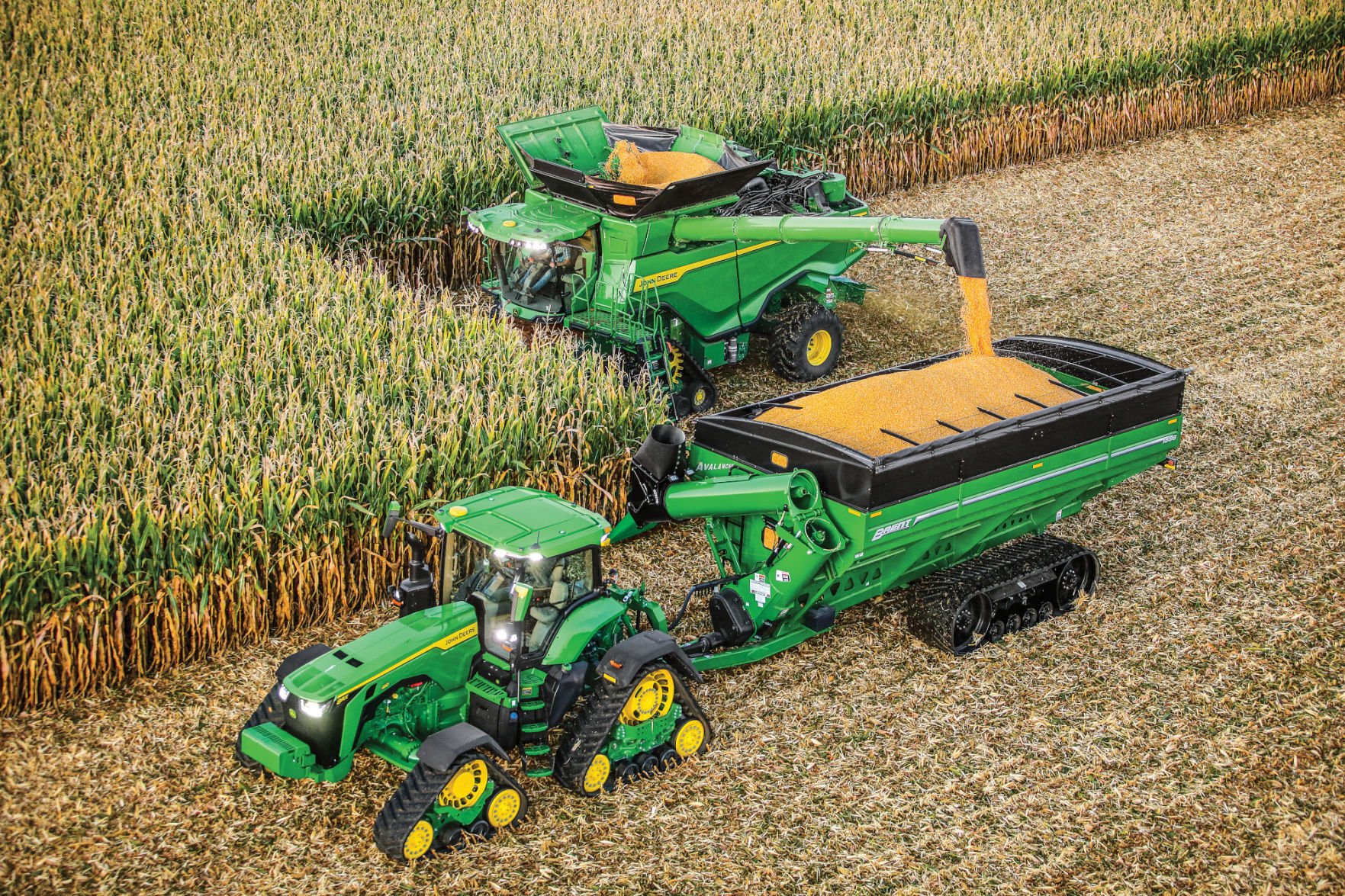
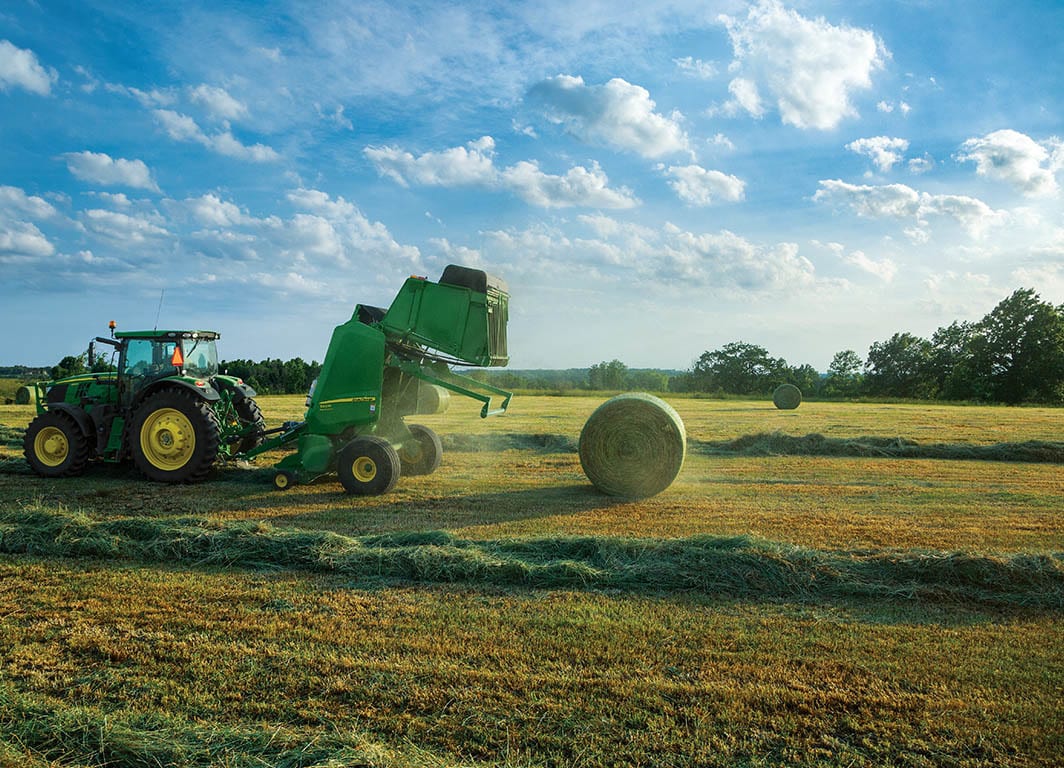


 John Deere Compact Utility TractorsCompact Utility TractorsCompact Utility Tractor AttachmentsCompact Utility Tractor Packages
John Deere Compact Utility TractorsCompact Utility TractorsCompact Utility Tractor AttachmentsCompact Utility Tractor Packages
 Complementary ProductsBrentUnverferthDegelmanSummersSchulteTwinstar Hay RakesBrandtHighlineH&S
Complementary ProductsBrentUnverferthDegelmanSummersSchulteTwinstar Hay RakesBrandtHighlineH&S - USED EQUIPMENT
-
PRECISION UPGRADES
- PARTS
- SERVICE
- CAREERS
- TECHNOLOGY
- INTERNATIONAL
- DEALER INFO
-
GOOSENECK GATEWAY
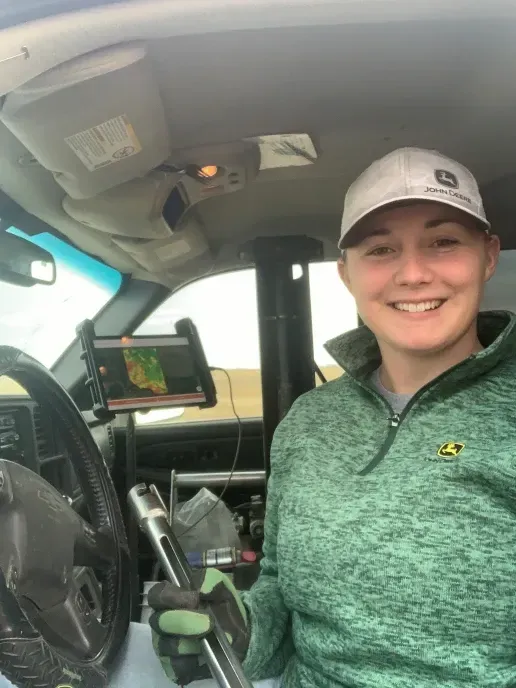
We interviewed Mattie Schmitt., a Gooseneck Agronomist who services customers in the Rugby-Towner area, to learn more about the Gooseneck Agronomy program. Mattie has been with Gooseneck Implement for almost 2.5 years and she brings immense knowledge and expertise to the agronomy department here at Gooseneck Implement. Her favorite crop is canola, because “It surprises (her) year after year of what it’s capable of, plus it’s beautiful when it’s at full bloom.”
Mattie says that a Gooseneck Agronomist will typically go through 4 “seasons” throughout the year. They are categorized into the following: springs work, crop scouting, soil sampling, and office work. Each season is very different and varies in terms of how busy they are, but they are all very important to helping our customers to our fullest potential.
The crop year for agronomists begins in August with the soil sampling season. During this time of year, an agronomist is busy meeting “with all of our clients before they get busy with harvest to discuss the current crop year and figure out our intended crops for the upcoming year.” But this season doesn’t end when harvest starts. “Once harvest gets rolling and the crops start coming off the field, our workload picks up. We are then in a race to finish our Soil, Water, and Topography (SWAT) Mapping, and soil sampling prior to snowfall and/or freeze up.” This season can be a very busy time, as agronomists are trying to cover a lot of ground in a short period of time.
The next season in the crop year for agronomists is the slow time of winter. This season consists of “training, client meetings to discuss the upcoming year, a lot of computer work analyzing all kinds of data (soil test results, harvest data, nutrient removal, etc.), and creating analytic reports.” During this time, they also create crop plans and prescriptions for their clients.
Springs work begins at the end of March and the first part of April. “We are busy this time of year finishing up client meetings to make sure we are ready for spring, finalizing and delivering our crop plans and prescriptions to our clients and/or local co-ops, and always being by our phone to be able to assist with any seeding issues that may come up.” Mattie said that this is the most hectic time for the agronomist, but “it can be somewhat less hectic the more we are able to plan and prepare in the winter months.”
Lastly, agronomists enter scouting season. This season runs from the end of April to the beginning of September. “We typically start scouting fields prior to seeding to be able to give our clients a good idea of what’s out there for weeds prior to seeding.” This season is typically not as busy as the springs work or soil sampling but is still a busier time for agronomists. After this, an agronomist will enter back into scouting in August and begin the whole process over again with their clients.
The difference between a Gooseneck agronomist and other types of agronomists is the types of service we offer. “Some things we offer that very few other agronomists offer in the area is the Soil, Water, and Topography (SWAT) technology that we use to create our variable soil zones.” Other things that Gooseneck agronomists provide to farmers include crop planning, soil sampling, crop scouting, technology service, a trusted, non-biased crop consultant, and their knowledge and expertise.
Mattie compares a Gooseneck agronomist to an independent crop consultant. “On average, we have roughly 10 (could be less or more depending on the types of operations we work with) clients we work with. We are non-biased consultants when it comes to cropping products (seed, fertilizer, pesticides etc.). We get to know each client’s operation for how they do things. We may bring recommendations and suggestions on how we think something may benefit their operation but for the most part, we tailor it to their operation. As Gooseneck consultants, we are the ones with the boots on the ground taking our clients’ soil samples, scouting, and analyzing all their data. Our goal is to understand their operation as best as we can to be able to benefit their operation as best as we can.”
So, what does it take to be a Gooseneck agronomist? Mattie says that some qualifications to become a Gooseneck agronomist include:
- A strong work ethic, discipline, determination, and motivation are probably the most important “qualifications”
- Ideally, it’d be beneficial to have experience in the farming industry and have at least 2 years of agronomy, but they will train the right consultant.
Interested in a career in agronomy at Gooseneck Implement? Check out our job board to see what openings we currently have.
Contact Us
We will get back to you as soon as possible.
Please try again later.
All Rights Reserved | Gooseneck Implement


